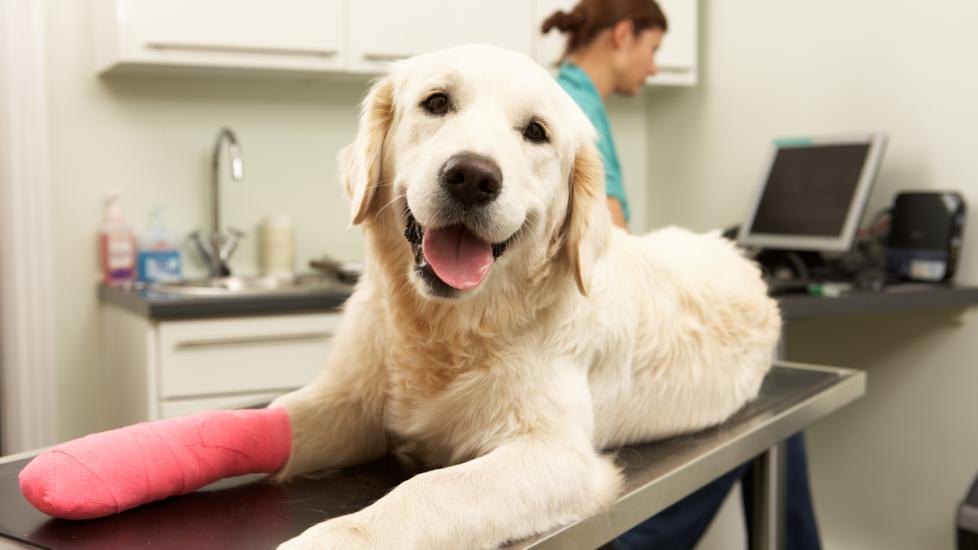The Silent Suffering: Torn Knee Ligament in Dogs
As a pet parent, nothing pains us more than seeing our furry companions in distress. One such condition that can leave dogs limping and struggling to get around is a torn knee ligament, or cranial cruciate ligament (CCL) rupture as it’s medically termed. This article aims to shed light on this common yet often overlooked affliction, providing insights into its symptoms, causes, diagnosis, treatment options, and preventive measures. With empathy and clarity, we delve into the world of canine orthopedics to ensure your beloved pooch leads a pain-free life.
The Invisible Wound
Dogs with CCL injuries may not always exhibit obvious signs of pain. They might seem just fine one moment and then suddenly start favoring one leg over another, particularly after jumping, running, or climbing stairs. You might notice them slowing down during playtime or avoiding certain activities altogether. These subtle changes could be indicators of a torn knee ligament.
Why It Happens
A dog’s stifle joint—equivalent to the human knee—is held together by strong bands of tissue known as ligaments. The CCL helps prevent the femur from sliding out of place relative to the tibia. When this crucial support structure tears, instability within the knee joint ensues, leading to inflammation, pain, and potentially damaging arthritis if left untreated. Factors contributing to CCL injury include congenital predisposition, obesity, rapid growth spurts in young dogs, trauma, and repetitive stress due to specific sports or breeds being prone to jumping.
Diagnosis: Seeing Beyond the Limp
Recognizing the telltale signs of a torn knee ligament is only half the battle; confirming the diagnosis requires veterinary expertise. Your vet will conduct a thorough physical examination followed by X-rays to look for evidence of degenerative changes associated with CCL damage. Sometimes, advanced imaging techniques like MRI or CT scans are necessary to visualize soft tissues in detail. Blood tests may also be ordered to rule out other conditions that mimic the symptoms.
Treatment Tailored to Each Dog
Once diagnosed, veterinarians develop a personalized treatment plan based on several factors including age, weight, activity level, and overall health status of the affected pup. For mild cases, conservative management through rest, anti-inflammatory medications, supplements, and physical therapy can provide relief. More severe instances typically require surgical intervention, which has evolved significantly over time. Modern techniques such as Tibial Plateau Leveling Osteotomy (TPLO), Tibial Tuberosity Advancement (TTA), and Femoral Head Ostectomy (FHO) offer promising outcomes for restoring stability and function. Postoperative rehabilitation is critical for ensuring full recovery.
Preventing Future Ligament Trauma
Prevention is key when it comes to minimizing the risk of CCL injuries. Maintaining a healthy weight for your dog reduces strain on joints. Providing regular low-impact exercise strengthens muscles surrounding the knees, enhancing their ability to protect against injury. Adequate calcium intake and balanced nutrition contribute to bone density and flexibility. Additionally, consider modifying your home environment to eliminate potential hazards like slippery floors or loose rugs that could lead to accidental twists and turns. Regular check-ups with the vet allow early detection of any developing issues before they escalate.
In conclusion, torn knee ligaments in dogs are complex problems requiring attentive care. By recognizing the signs early, seeking professional advice promptly, and following prescribed treatments diligently, you can help your four-legged friend regain mobility and enjoy an active lifestyle once again. As responsible pet parents, let’s prioritize the well-being of these loyal companions who enrich our lives so deeply.
